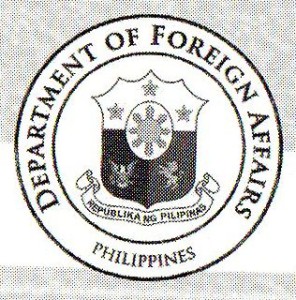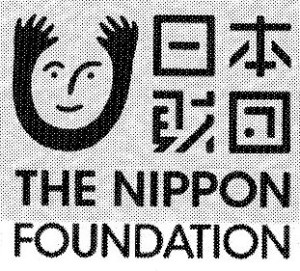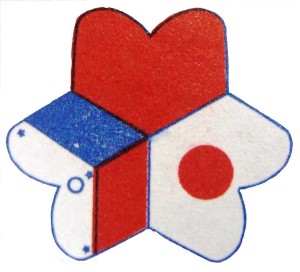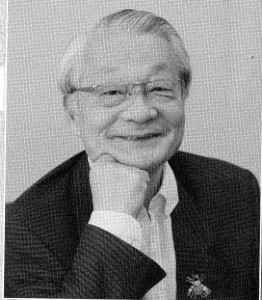Philippine Nikkei Jin Kai Rengokai

It is with great pride and immense pleasure that I welcome you all to the 9th National Convention of the Filipino-Japanese Descendants. I am honored and privileged to be with everyone here today, uniting ourselves, and our voices as we recall the experiences and struggles of the Japanese descendants after the Second World War, and to likewise discuss the role and mission of the succeeding generation. We cannot deny the fact that this might be the last Convention of the Filipino Nikkei-jin that could be attended by many 2nd generation or the Niseis around the country, by reason of their advancing age.
As a Sansei or 3rd generation, who is at the helm of the Rengokai or the Federation of Nikkei Jin Kai in the Philippines, I have come to realize that I, and the rest of the officers and members of our organization, have a great responsibility to continue the legacy of our forefathers to contribute productively not only to the local community, but across the nation, and to the international society as well.
As a young president of an association that is national in scale, I believe that there are still so many significant issues and concerns that I need to understand and address. Rest assured that being young and dynamic, I am very eager to learn and experience the various matters, opportunity and even the challenges ahead, as they unfold.
I firmly believe that our association has an important role to play in order to ensure the continued progress, development and harmonious bilateral relationship between Philippines and Japan. Indeed, we are living the bridge that helps connect our two beloved countries.
In retrospect, it can be said that our life as Nikkei-jin was never easy. We have been despised by many Filipinos in the past because of the damages brought about by the Second World War. Almost all of the 2nd gen faced the resentment of their neighbors, were ridiculed and discriminated against, and the Nisei had no other choice but to live in the mountains, far away from civilization, deprived of the luxuries in life, even the right to be educated. Be that as it may, our pitiful experiences challenged us to work harder to become what we are now; successful, accepted, and most of all, recognized.
As a result of our collective efforts and the support that we received from some benevolent groups and individuals, the tides have been turned to our favor. Most importantly, the Japanese government’s recognition of our existence has allowed many of us to reside in Japan paving the way for social transformation and the uplifting of our economic status.
Today, for the first time in the history of the Philippines, and that of the Filipino-Japanese descendants’, we are able to welcome no less than their Majesties, Emperor Akihito and Empress Michiko of Japan. We should consider today’s achievement as a great feat, a huge leap, and an astounding victory, for all of us. For all Niseis whose Japanese fathers were not able to return to them after the war, and have continuously waited for their return until this day, the visit of the Emperor could be considered as the “homecoming” of their fathers.
The opportunity to welcome and meet their majesties, for some of us, is by far, the highest form of recognition and gift that we- the Nikkei-jins have ever received. This is definitely an important milestone, worthy to be carved in the annals of history not only for the whole Nikkei-jin community, but for the entire Philippines, in general.
Thus, I urge all of you to take more pride and honor, and be grateful of our noble roots- our Japanese blood. Let us rejoice and be thankful as well to all the people who helped us up to this day.
To conclude, I wish to express my sincere gratitude to all the generous people who made all our planned activities today possible and successful: their majesties, the Emperor and Empress of Japan; the Ministry of Foreign Affairs; the Embassy of Japan to the Philippines; the Nippon Foundation; PNLSC officers and staff; the volunteer Japanese lawyers who are helping our members in our shuseki petition; all our distinguished guest both from Japan and the Philippines who are here to celebrate with us by sharing their precious time and exerting their effort in order to attend our convention today; the media personalities who have helped us, in one way or another; and all the Japanese descendants who are gathered in this hall today.
With your unceasing support and genuine concern, I am very optimistic that the days ahead will be more rewarding and fulfilling. Cheers to the reunion of our voices and to our journeys together.
INES P. MALLARI
President
 KAGAWARAN NG UGNAYANG PANLABAS
KAGAWARAN NG UGNAYANG PANLABAS



